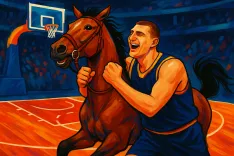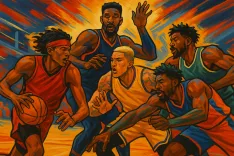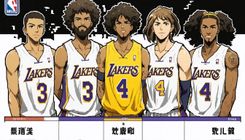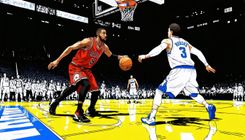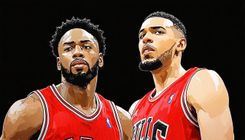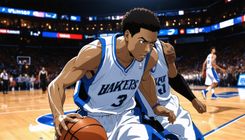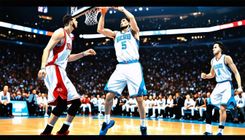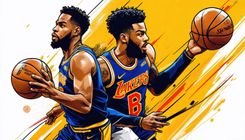Shining a Light on the Most Underrated NBA Players of the Past Half-Decade
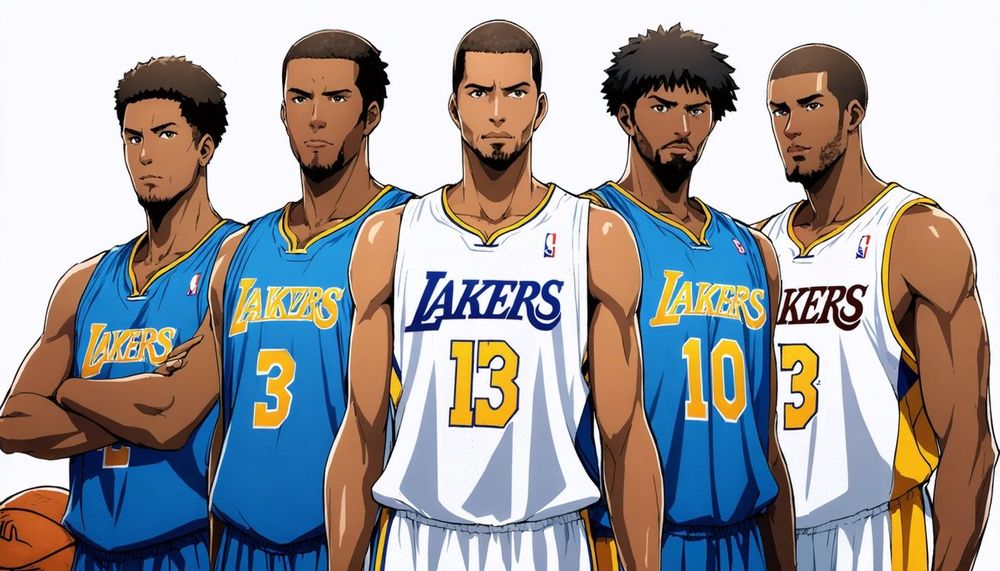
Star power fuels the NBA, but it is essential to recognize the players who contribute significantly without receiving the same level of acclaim. Evaluating the most underrated players in the league over the last five years is a subjective endeavor. This analysis aims to highlight those reliable contributors who may not boast the usual star status, yet play critical roles for their teams. To begin this evaluation, certain criteria have been established to create an extensive list of candidates eligible for a top-five ranking. Each player considered must meet these standards, with the final order reflecting their recognition and impact during the past five years.
Royce O'Neale remains in fifth place from last year, continuing a trend that leads to the argument that repeated top-five placements in the 'Most Underrated' category may suggest he is, in fact, rated appropriately. As O'Neale matures, his position in this ranking may diminish. However, his profile as a low-usage wing adept at shooting threes and excelling defensively exemplifies the qualities sought in this discussion. Since the 2020-21 season, he has drained 724 three-pointers at a remarkable 38.8 percent efficiency, all while maintaining a modest usage rate of just over 12 percent. Notably, O'Neale holds the distinction of having the lowest usage rate among players who match his volume and efficiency—significantly lower than the next closest competitor, Grayson Allen, who has a usage rate of 15.5. O'Neale's ability to consistently hit shots while guarding opponents’ top scorers is a testament to his value, even if it often goes unappreciated.
Isaiah Hartenstein transitioned out of the underrated category after signing a lucrative three-year, $87 million contract with the Oklahoma City Thunder, who won the championship. Yet, the context surrounding this contract sometimes lacks recognition. The Thunder possess a team option for the final year that will likely remain unexercised, making this effectively a two-year contract with an inflated annual salary for shorter terms. Among big men, few have proven as versatile as Hartenstein in the past half-decade, showcasing skills ranging from solid screen-setting and rebounding to rim protection and distributing from short rolls while also finishing with floaters. If granted more minutes, he might have already earned an All-Defensive selection. He currently ranks 10th in Value Over Replacement Player (VORP) among players averaging at least 20 minutes per game who have not made an All-Star team. Only Anthony Davis and Victor Wembanyama have matched his averages in rebounding, assists, and blocks during this span, and the latter has only played for two years. Hartenstein's journey through multiple franchises in five years is indicative of his substantial influence, significantly raising his profile despite the teams he has represented.
Josh Hart often faces criticism for his imperfections, the most notable being his inconsistent long-range shooting, which allows defenses to adjust matchups and disrupt his team's rhythm. Such critiques have merit. However, Hart’s relentless hustle and work ethic are integral to his teams' successes. Prior to the last season, his teams have generally performed better with him on the court. This past year's struggles can partly be attributed to a combination of playing alongside backup players who lacked shooting and passing capabilities. Hart’s contributions include tenacious rebounding, enhancing offensive pace, and applying pressure in transition—all critical aspects in shaping team dynamics. While his perimeter shooting remains an area for improvement, his true shooting percentage of 58.7 exceeds the league average. Only three players—Bam Adebayo, Luka Dončić, and Nikola Jokić—sustain comparable efficiency while matching his rebounding and assist statistics.
Derrick White's inclusion in this list may spark debate, particularly his placement at No. 2 after generating buzz for a potential All-NBA selection in recent seasons. However, consideration from pundits does not equate to actual recognition, as evidenced by his lack of All-NBA or All-Star selections. Notably, White continues to be viewed outside the conventional framework of top-tier talent. His defensive prowess has long been a hallmark of his game, but in the past few years, he has significantly improved his offensive skills. With enhanced decision-making and shooting, he has transformed into an initiator rather than merely a connective player. Disregarding his contributions due to the Celtics' stellar roster is myopic. His shooting splits from beyond the arc show a 38 percent success rate without Jayson Tatum and 40 percent without Jaylen Brown on the floor. White has evolved from a player whose impact was unquantifiable to one who leads all non-All-Stars in VORP since 2020-21.
Finally, Ivica Zubac’s recent accolades, including nominations for Most Improved Player and Defensive Player of the Year, underscore his upward trajectory. His development has been steady, focusing on defensive fundamentals, rebounding positioning, and expanding his offensive versatility. While last season marked a breakthrough, it’s crucial to recognize that this success is the culmination of years of growth. Zubac has consistently ranked in the 90th percentile for rim points saved per 100 possessions each season, despite playing over 1,500 minutes. Only Brook Lopez has matched him in this regard over five years. Among a select group of players to achieve impressive shooting, rebounding, and blocking metrics during this period, just three—Jarrett Allen, Rudy Gobert, and Giannis Antetokounmpo—have logged more minutes than Zubac.
